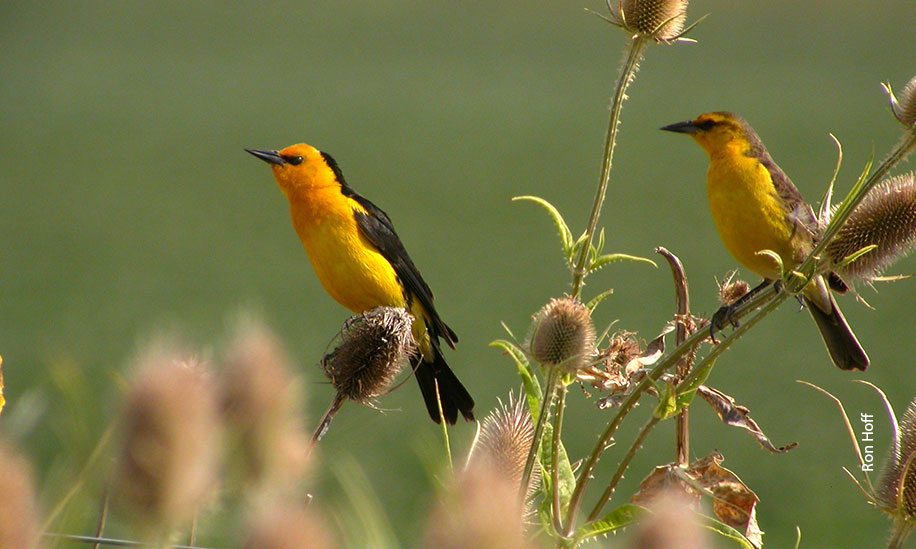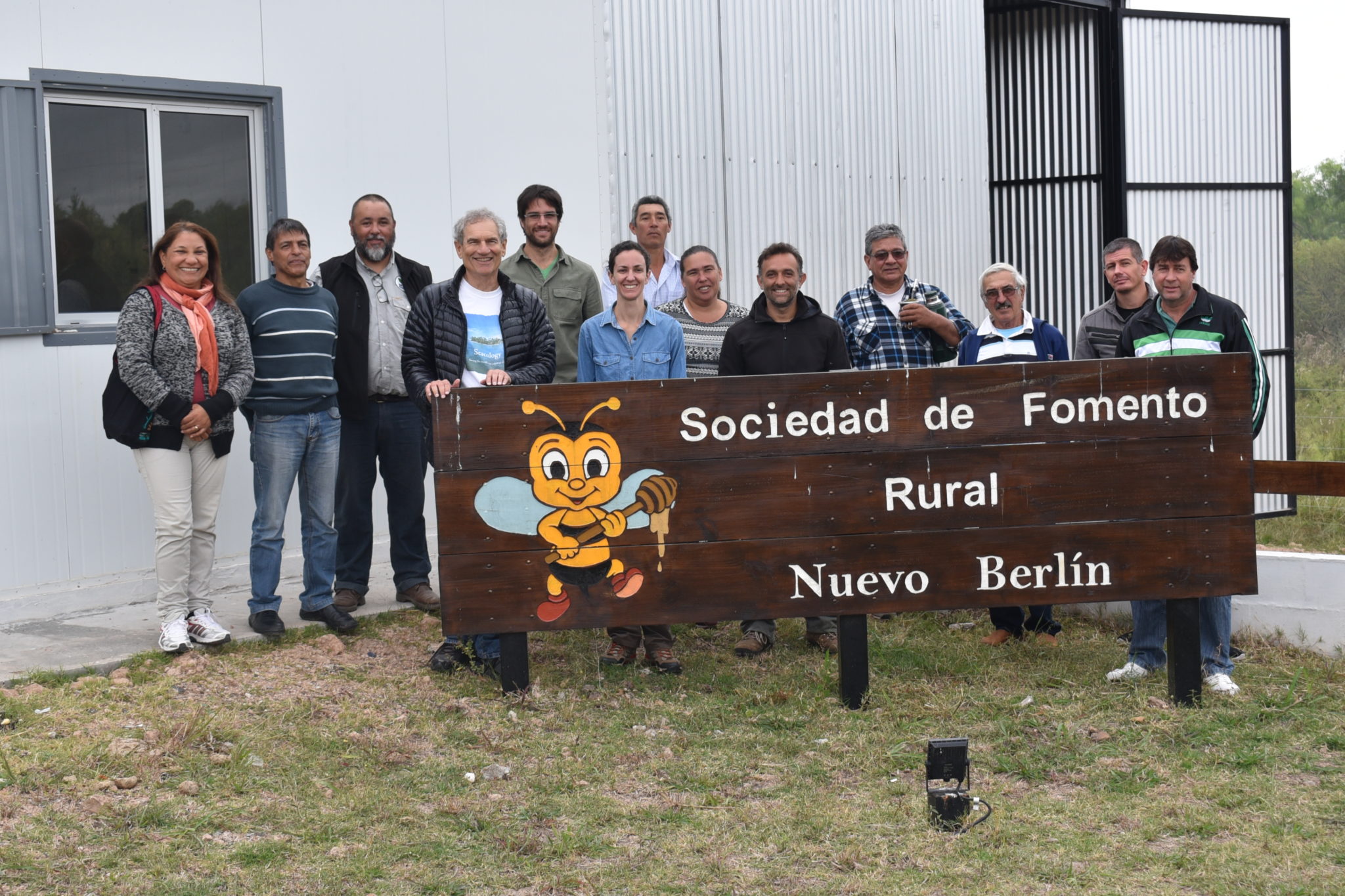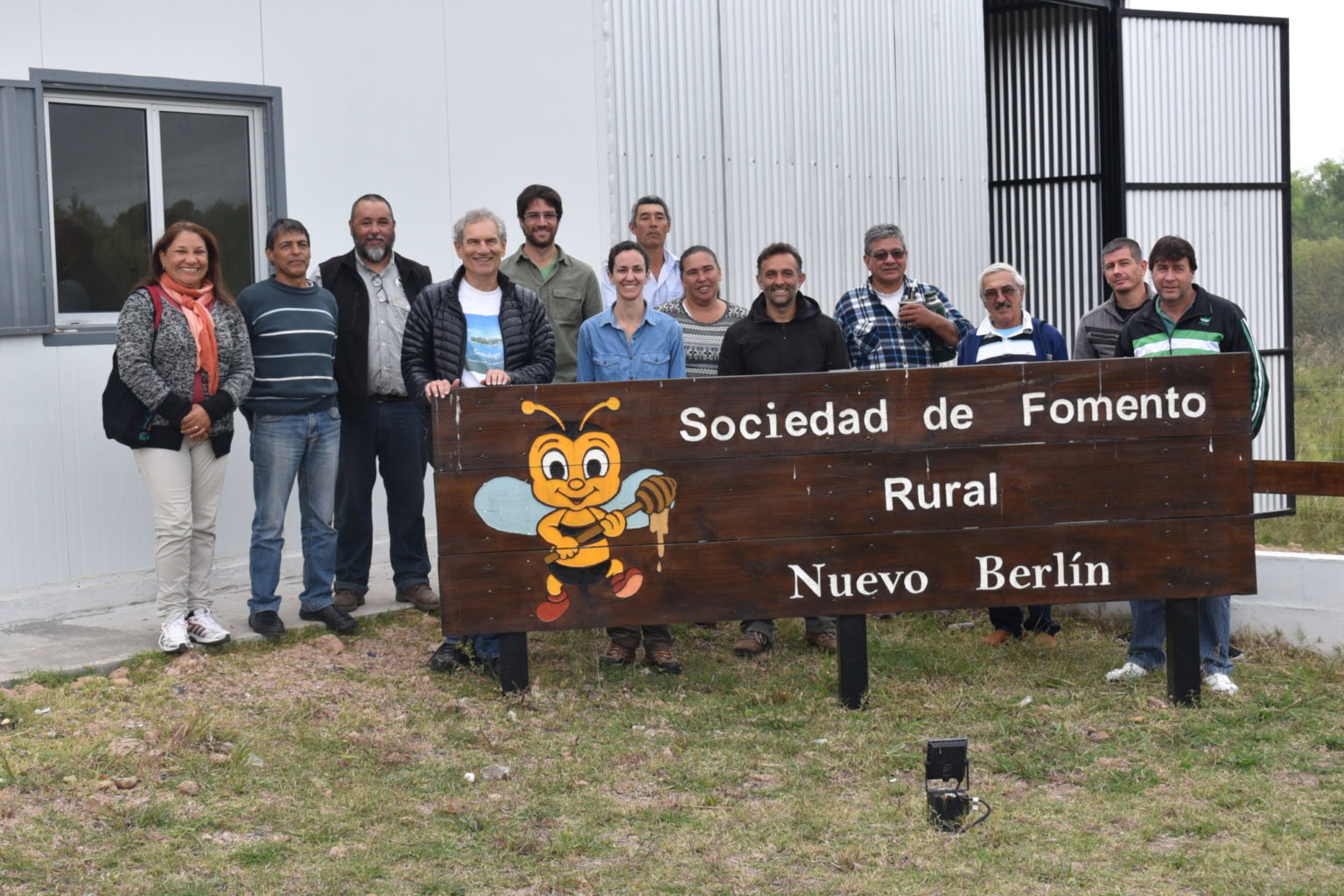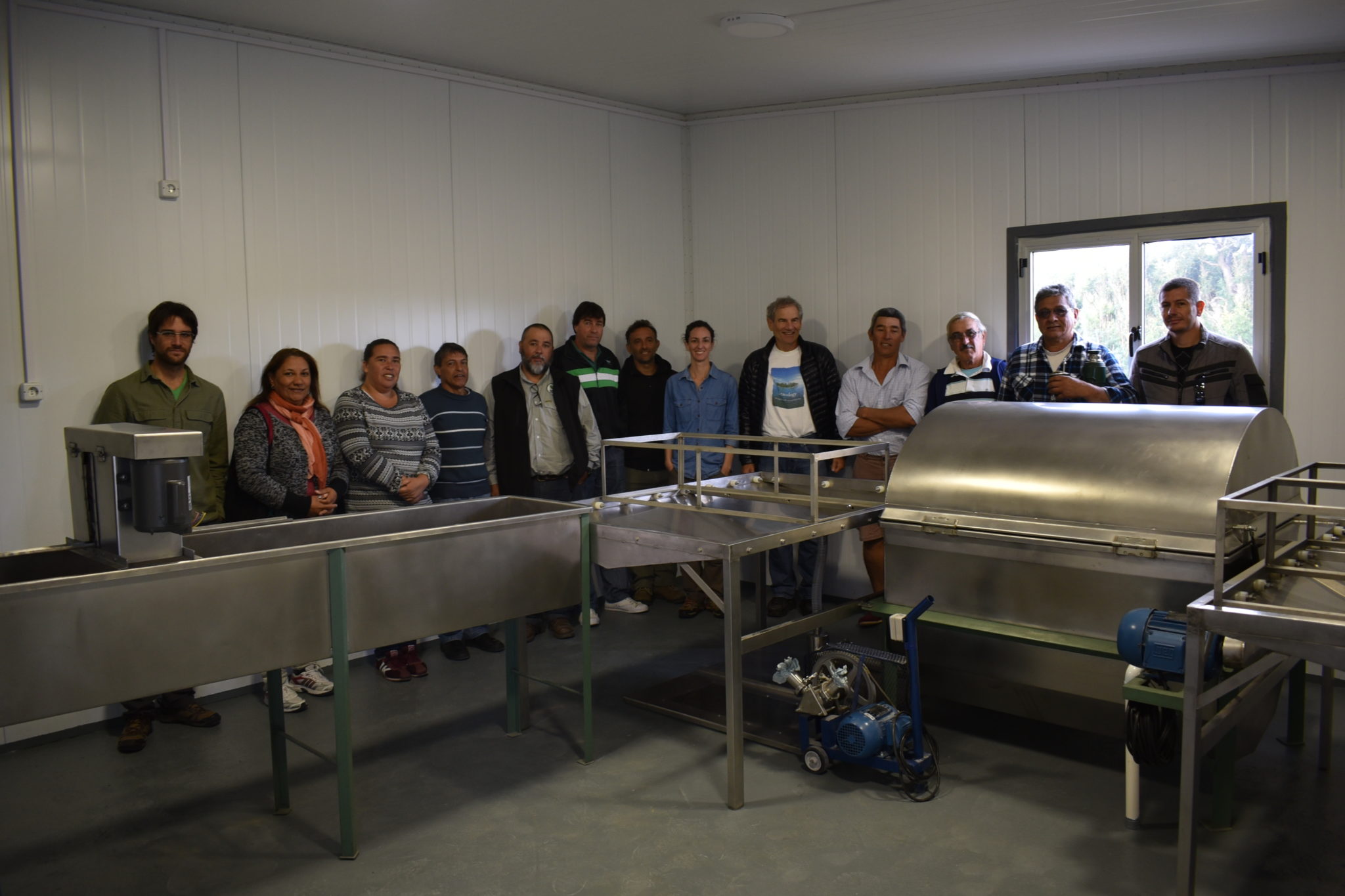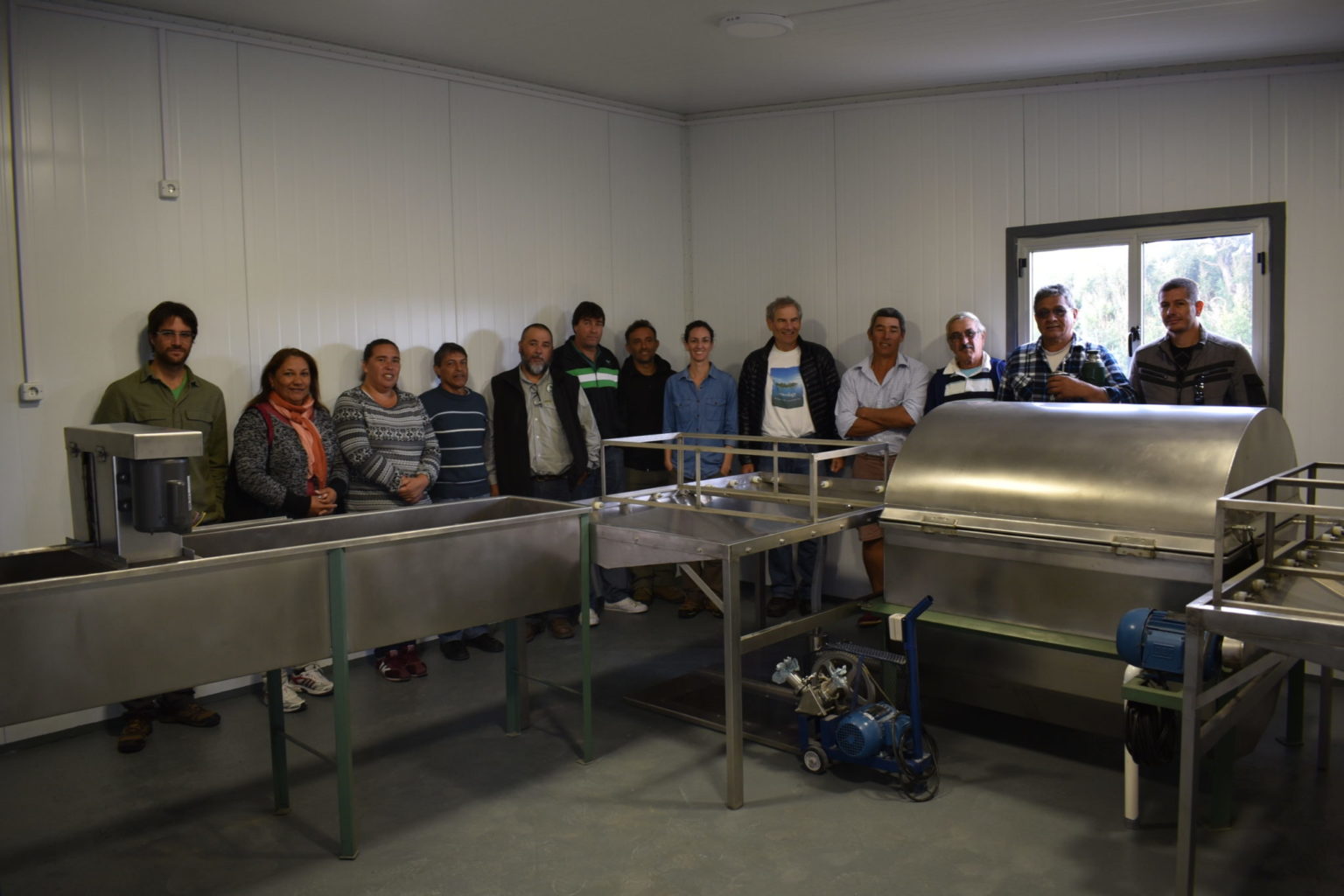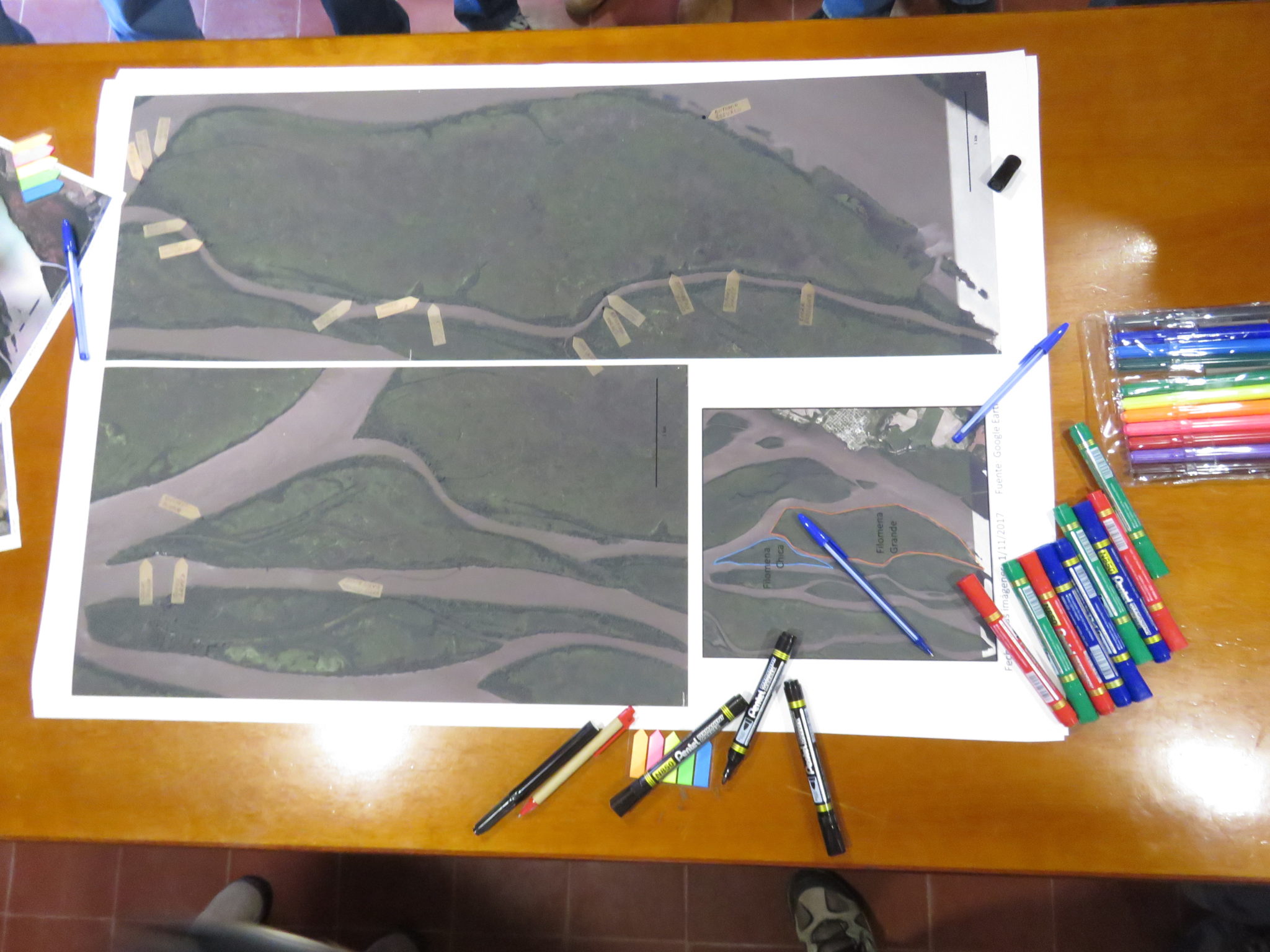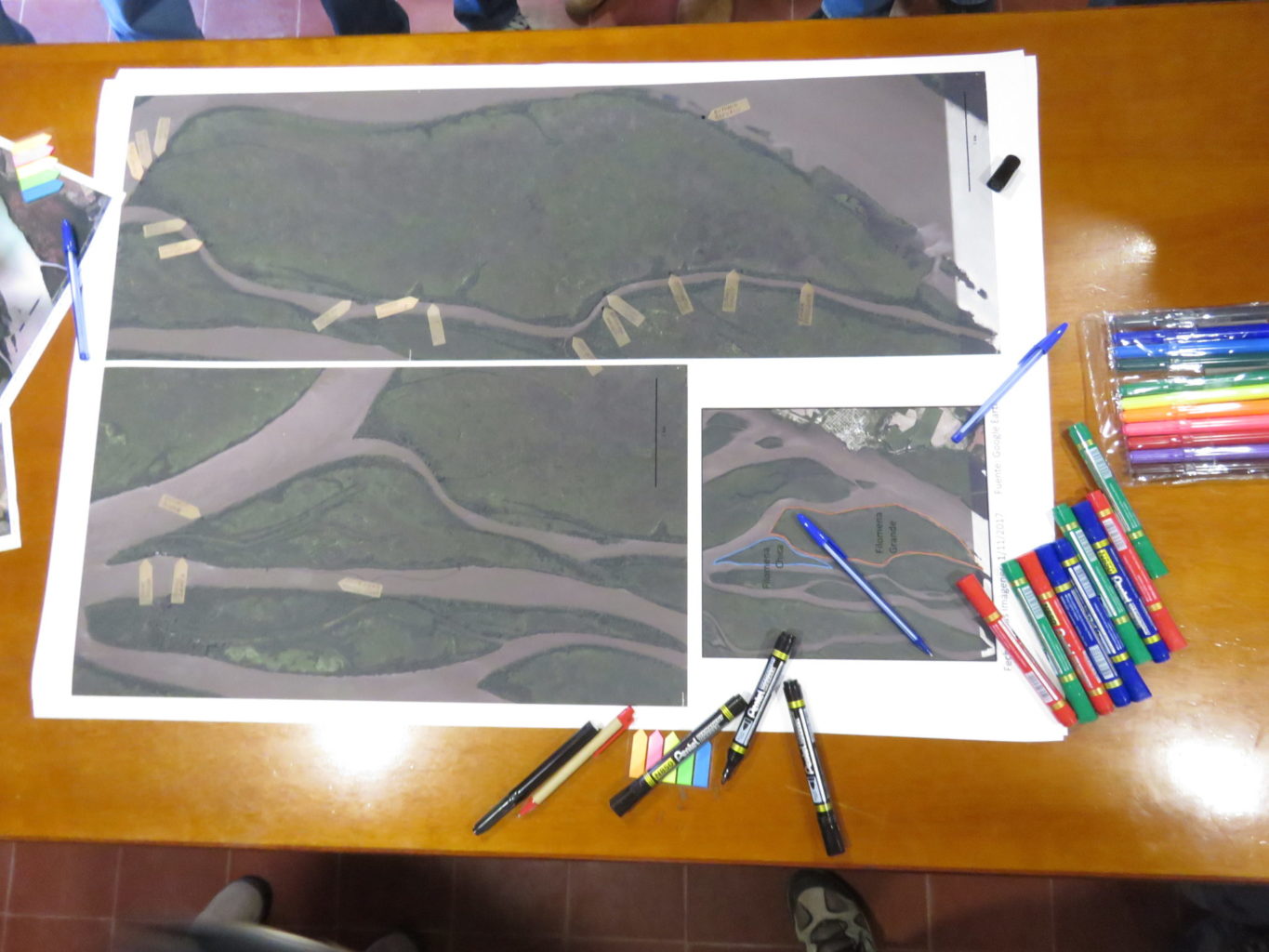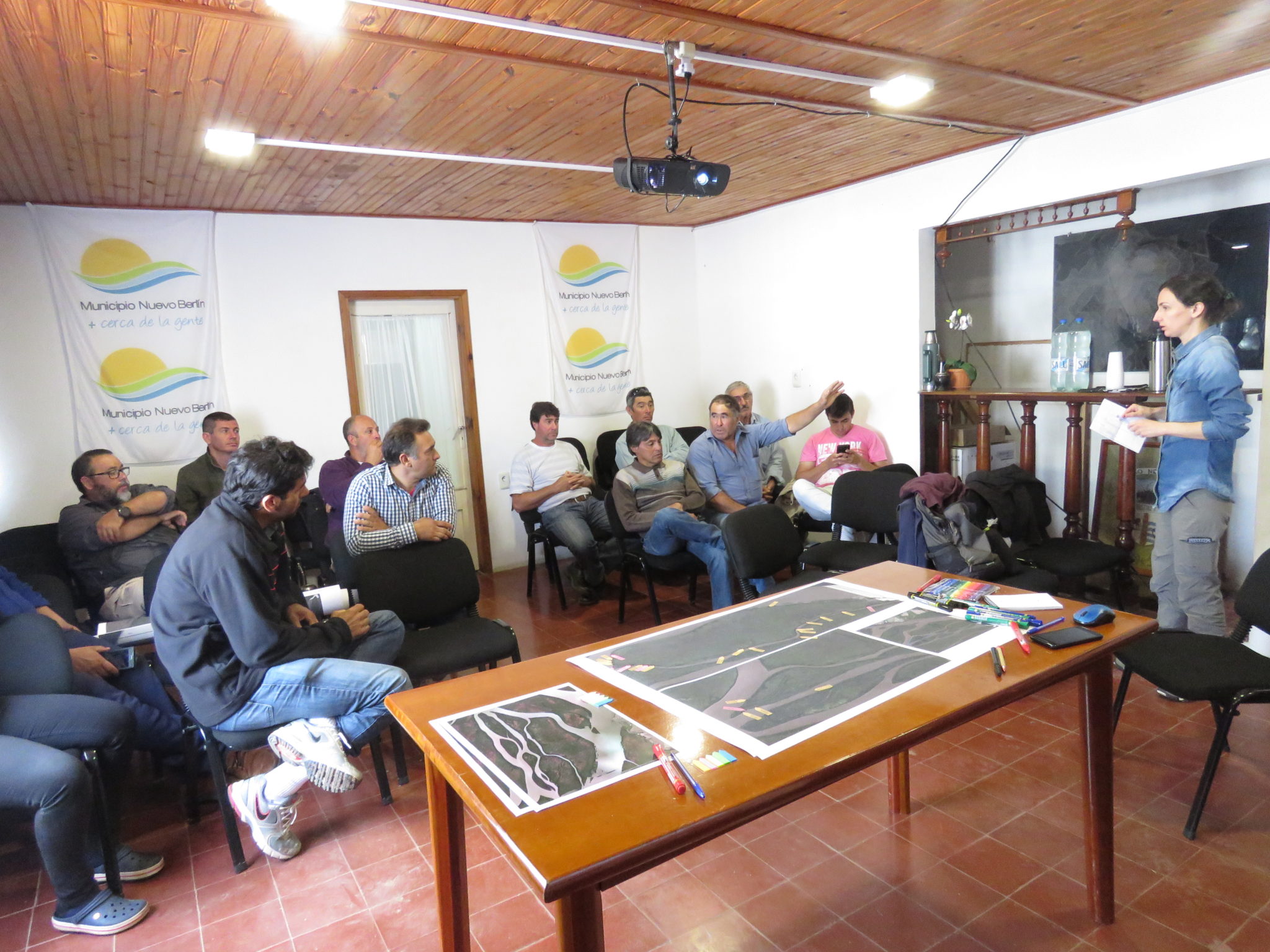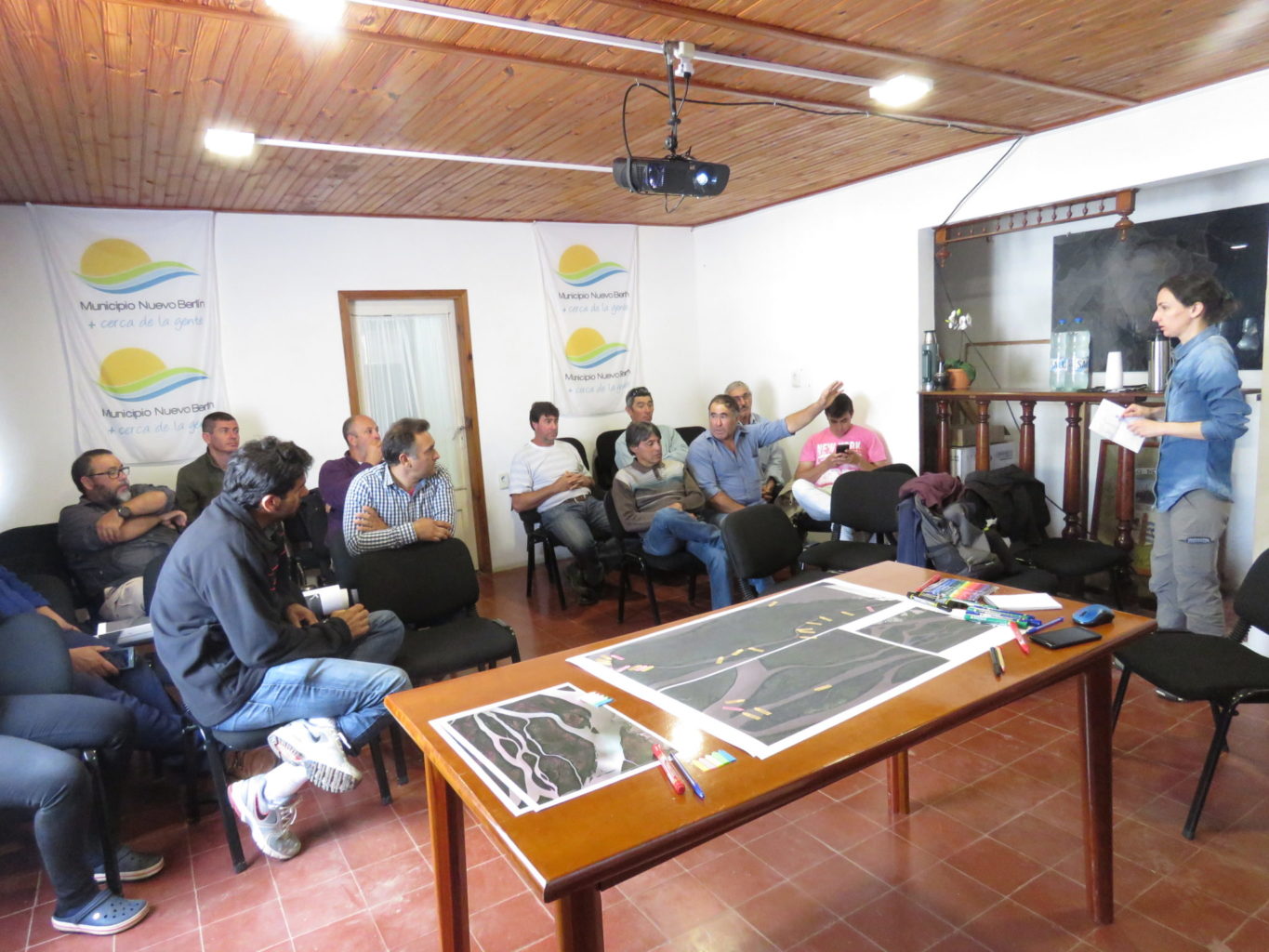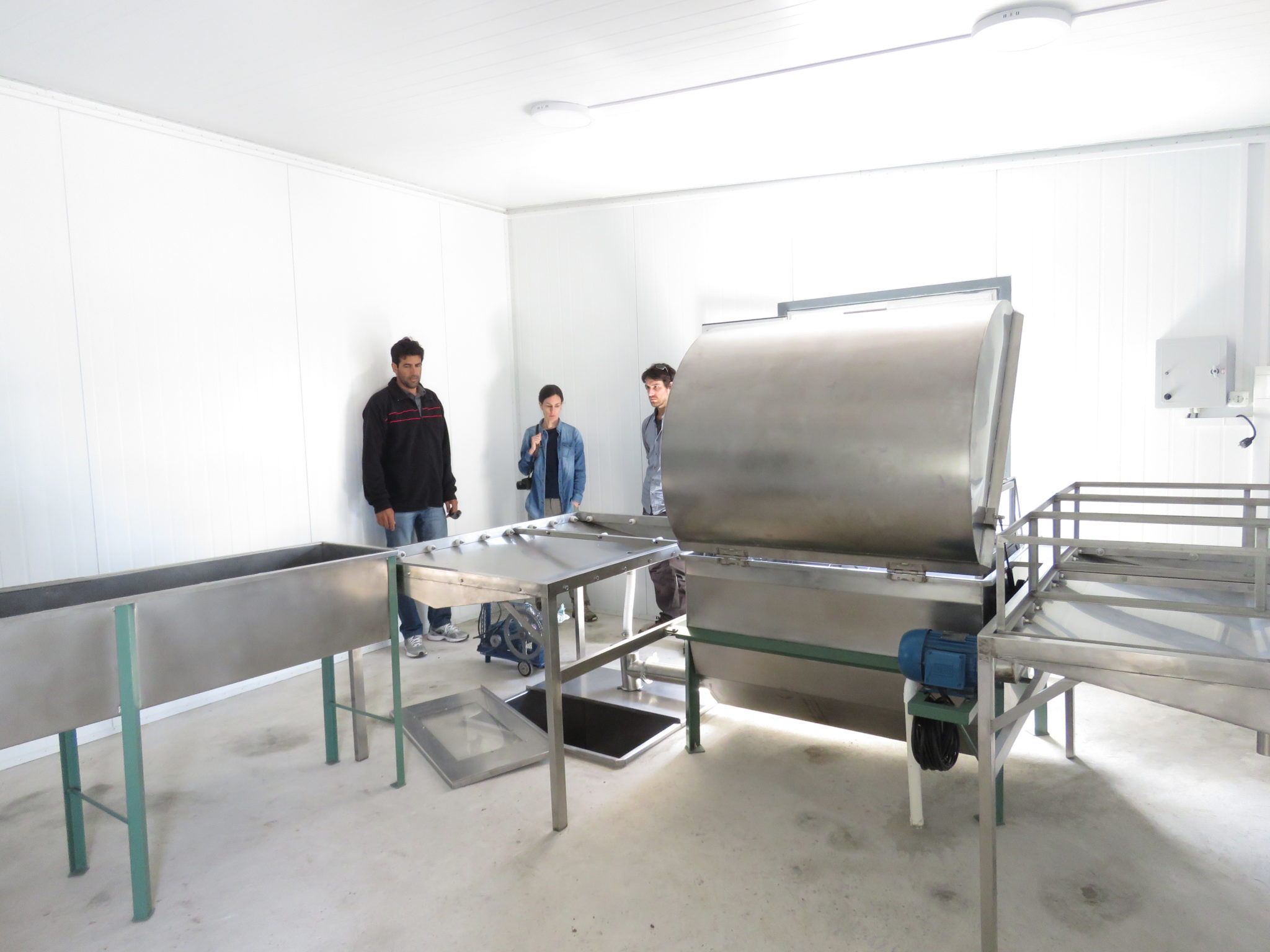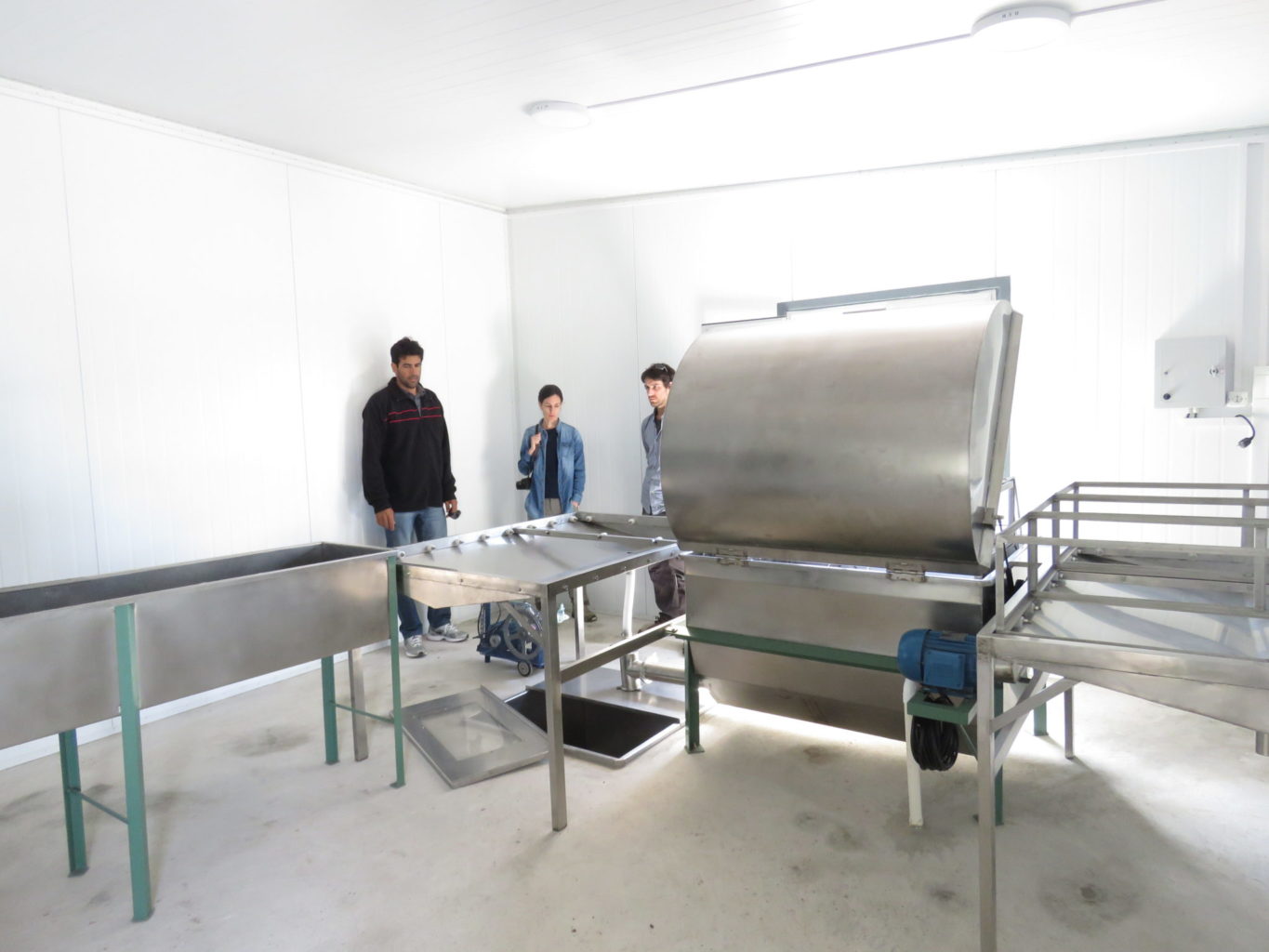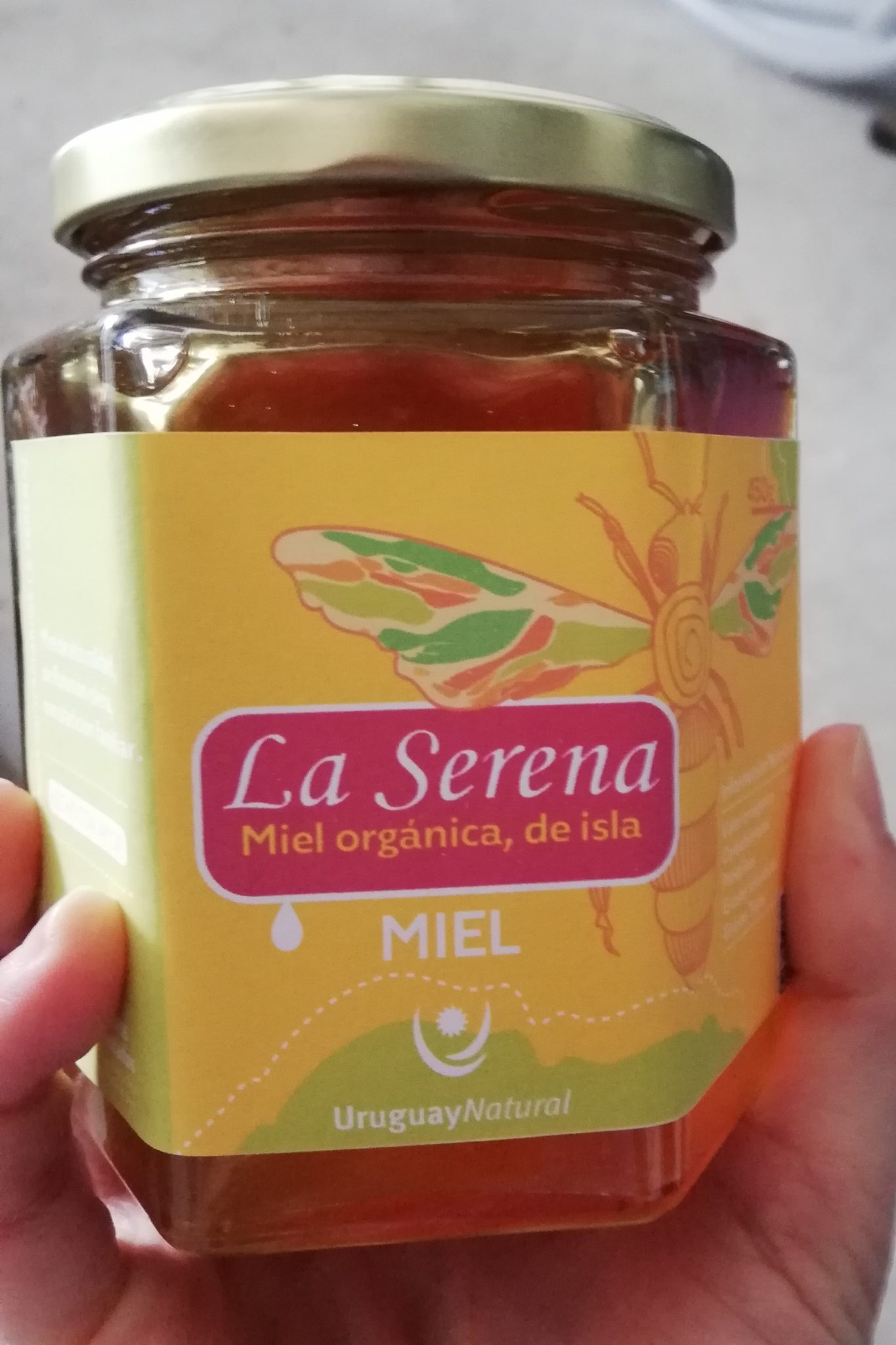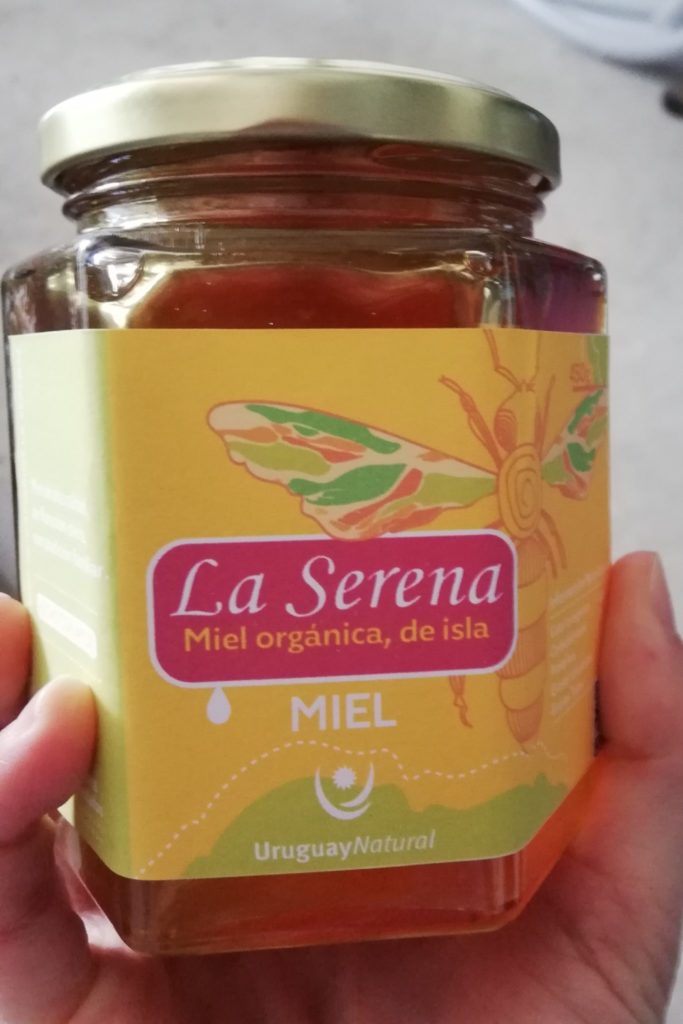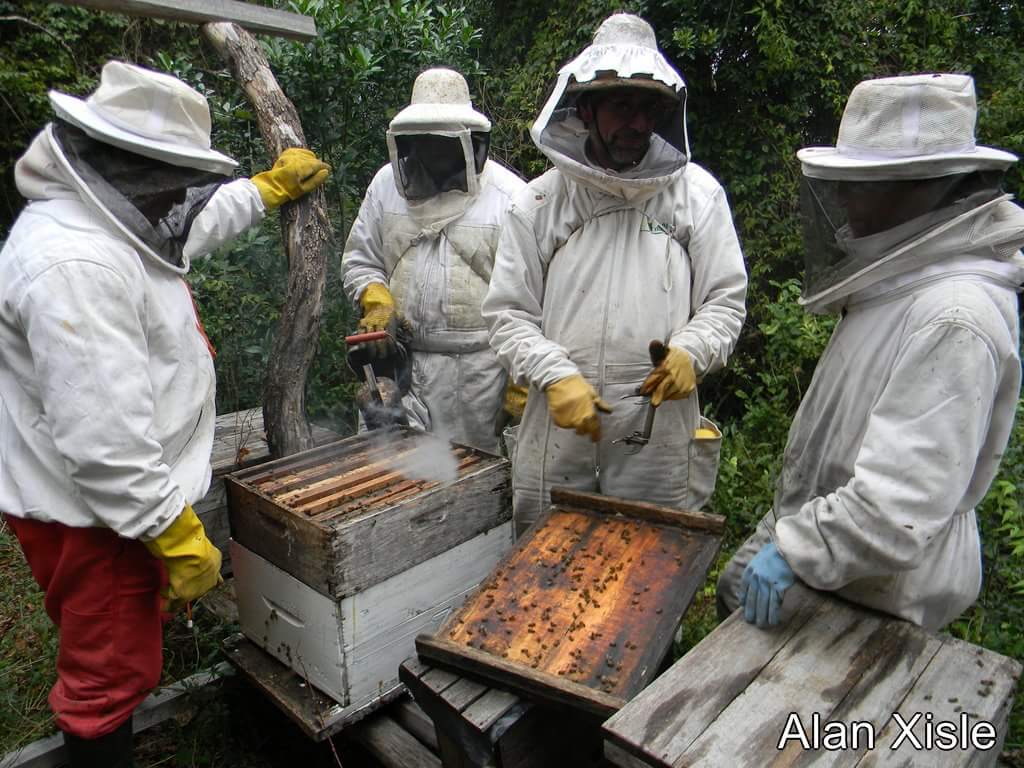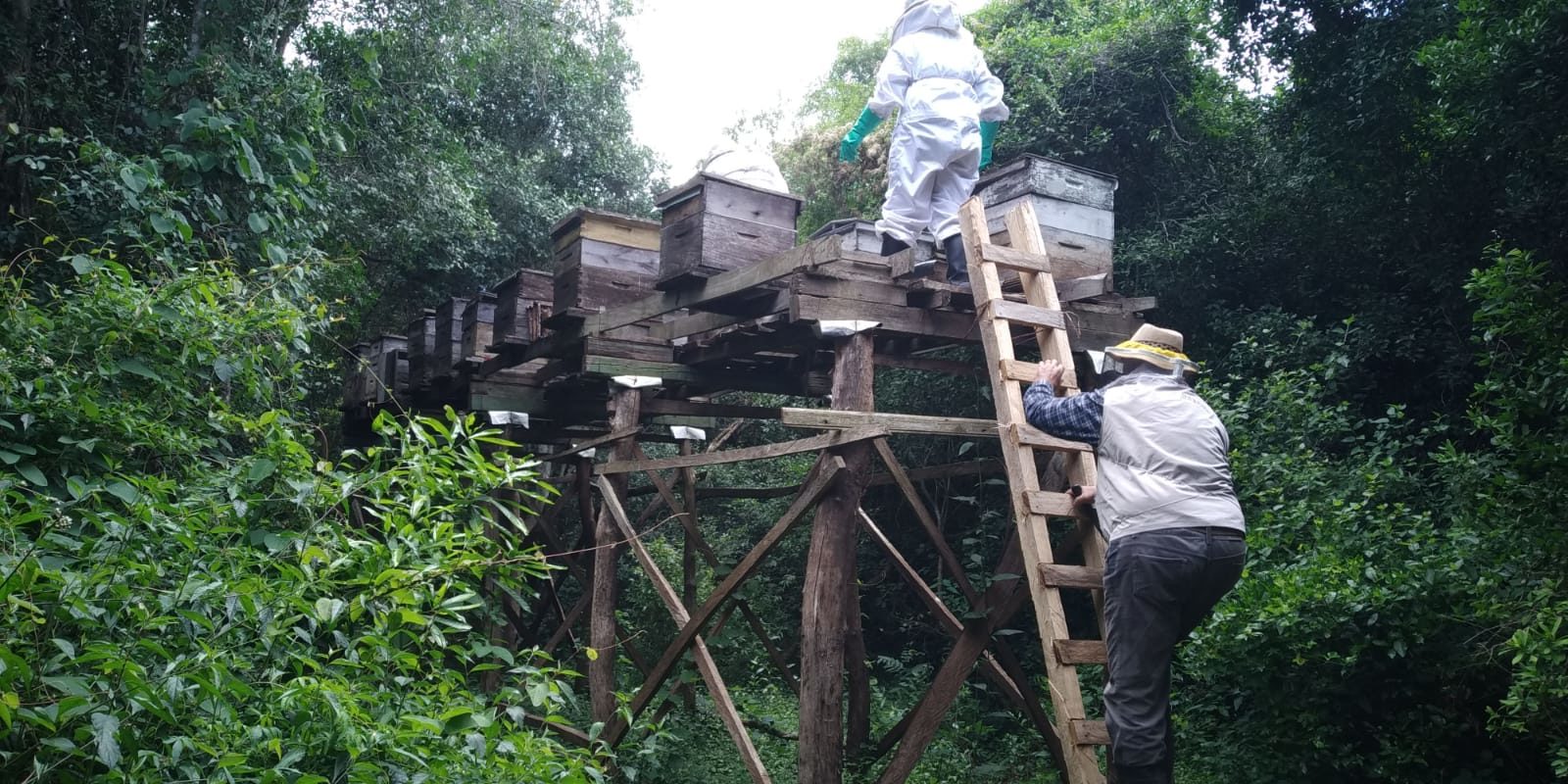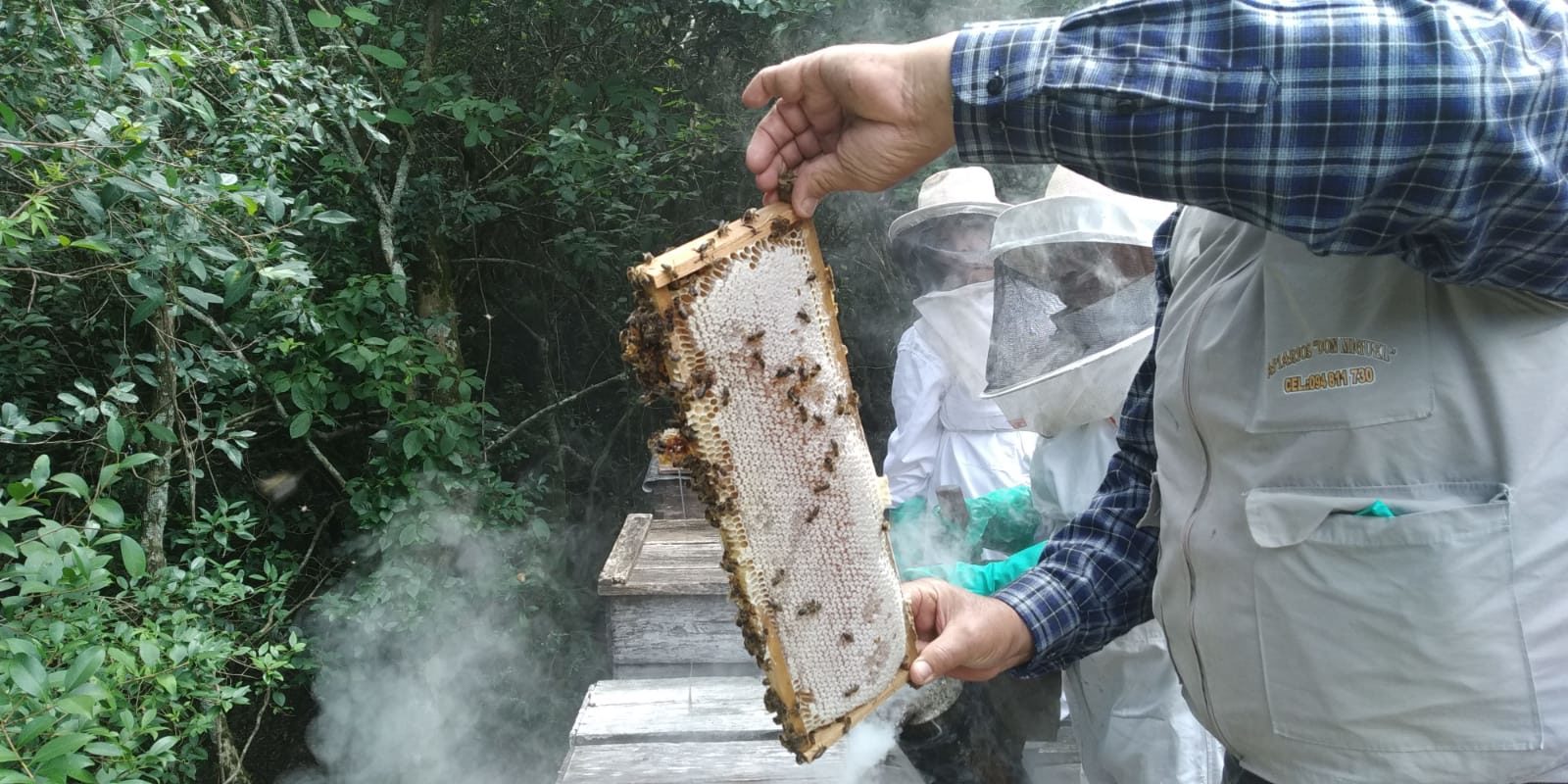Our first Uruguay project will help protect the Filomena Islands (Big and Small), in the Uruguay River, on the border with Argentina. The area that surrounds them, the Farrapos Lagoons and Islands of the Uruguay River, has been designated a Ramsar wetland of international importance. The wetlands help prevent floods and maintain water quality. They also provide habitat for native plants and animals, including threatened and endangered species.
Invasive tree species, however, threaten the islands’ biodiversity. The invaders shade and out-compete many native species, changing the physical and ecological structure of the forest.
Many residents of nearby Nuevo Berlin, a town founded by German farmers in the 1850s, make a subsistence living by fishing and beekeeping. They keep bees on the islands and have deep knowledge of the forest there. But as invasive trees expand their range on the islands, a narrower selection of plants is available to the bees.
The government rangers assigned to the wetland area are making plans to remove the invasive trees. Community members will help by mapping the islands and identifying invasive trees. Beekeepers will lead the effort, using GPS equipment and a computer bought with the Seacology grant. This will help the rangers act quickly, which is important because the invasive trees are spreading quickly. The rangers will also build community awareness about the threat of invasive species.
Community members will use a Seacology grant to buy honey-extracting equipment to increase their profits in a sustainable way. With this equipment, then can produce the higher-quality honey that resellers are looking for. They are also trying to certify their honey as organic, which is easier when honey comes from a protected area.


